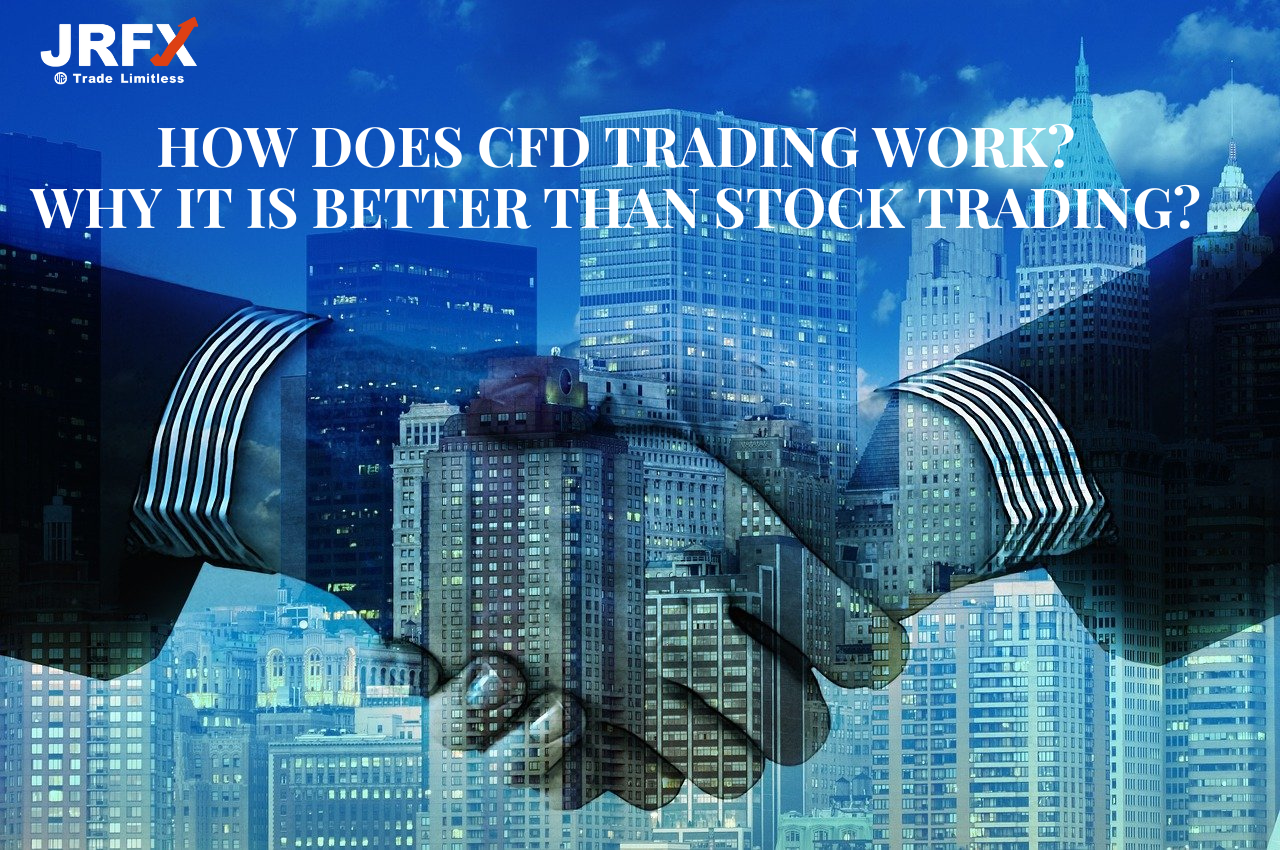
CFD Definition: What is a Contract For Difference (CFD)?
If you are new to leveraged trading or are learning about market trading for the first time you will want to know what a contract for difference (CFD) is and what the CFD trading is. No more searching for keywords everything you want to know is right here.
A contract for difference (CFD) is a popular financial derivative that allows you to trade on margin in numerous financial markets. The special feature of this derivative is that you can buy/sell any share of a given financial instrument d on your own judgment of the price of the underlying asset without buying the underlying asset. A contract for difference (CFD) is a contract between a broker and a trader in which the two parties agree to pay the difference d on price changes at the end of the contract. You can trade contracts for difference (CFDs) in a wide variety of investment markets stocks indices currencies commodities cryptocurrencies etc. all in one platform. Click here to download JRFX App.
CFD and Leveraged Trading
Participating in CFD trading means taking a leveraged position which means that you take a larger share of the market with your initial capital. In other words you only need to top up the margin required for the total amount of your trade and the broker will provide the rest of the funds.
Leveraged trading is also referred to as trading on margin. A 10% margin means that you have to deposit only 10% of the value of the trade you want to open. The rest is covered by your CFD provider. Register your account now.
Go Long and Go Short in CFD Trading
CFDs allow you to speculate on movements in the price of an asset in either direction. This means that you can not only profit when the price of an asset rises (go long) but also when the price falls (go short).
If you believe the market will rise you buy (go long). If you think the market is going to fall you sell (go short).
When you open a CFD position you can choose the number of contracts you want to trade (buy or sell). Your profits will increase with every point the market moves in your favor. Conversely if the market moves against you you may lose money.
CFD Trading vs. Stock Trading
CFD Trading | Stock Trading | |
What is it? | Contracts traded on margin where the underlying asset derivatives are purchased rather than actually held | Buy or sell on the exchange with delivery of the company's shares |
Scope of application? | Suitable for day trading and short-term investments | Suitable for long-term investment |
Position fees? | If a trade is kept open overnight or all day there is an additional charge of an overnight fee depending on the region | No position fee |
Market dimension? | JRFX offers CFD trading on Forex stocks crypto coins precious ls indices commodities etc | Multiple stock products can be traded on JRFX |

CFD Trading vs. Stock Trading which is better?
When trading CFDs you pay only a fraction of the initial value of the trade (i.e. margin) which means you can create equal positions in the stock market with less capital. When buying traditional stocks you pay the full asset value fee up front. Your market share is the same regardless of which trading method is used. Please note that while leverage expands the possibility of profit it also increases the risk of loss.
The costs associated with CFDs and stock trading are also different. However when trading traditional stocks different brokers charge different levels of commissions as well as stamp duties charged on the securities.
What are the advantages of CFDs?
1. Leveraged Trading
The main selling point of CFDs is that they support margin trading also known as leveraged trading. When trading on margin you only need to invest a small percentage of your initial capital the rest is provided by your broker. Leverage provides you with greater market exposure with a smaller deposit. Please note that it can also magnify both profits and losses.
2. Price Speculation
CFDs are primarily used to take advantage of price movements in the short term and are often referred to as "volatility trading" as both calls and puts are tradable markets. Trading CFDs does not require extensive upfront research or in-depth market analysis the only tricky part is that it is sometimes difficult to tell when prices will reach a turning point.
3. Hedge Risk
CFDs provide a hedge for your portfolio for capital insurance purposes as you can go short in the bearish market. For example you have a blue chip stock in your portfolio that you plan to hold for the long term but you feel that the market is trending lower and could affect the market value of the blue chip stock. At this point you hedge your downside risk by going short in the market with a leveraged trade. If the stock price does go down the money you lost in your portfolio is offset by the hedge profit; if the stock price goes up the hedge trade loses money but you can still profit from your portfolio. Bearish markets are also good trading opportunities. If you go short in a bearish market the more the price falls the more you will profit.
Why choose JRFX for CFD trading?
No trader intervention execution
Low spreads no commissions
Ultra-fast execution most orders execute in<14 millisecond
Global node setting ultra-low latency data center
Wonderful liquidity provides the best buy and sell prices
Don’t Miss JRFX App
One-Stop Trading Client
Real-time synchronization with MT4 data
Support deposits and withdrawals
Support online customer service to quickly resolve queries
Easier trading preferred by entry-level users
Click here to download JRFX App.

Views: 1648

Likes: 0
